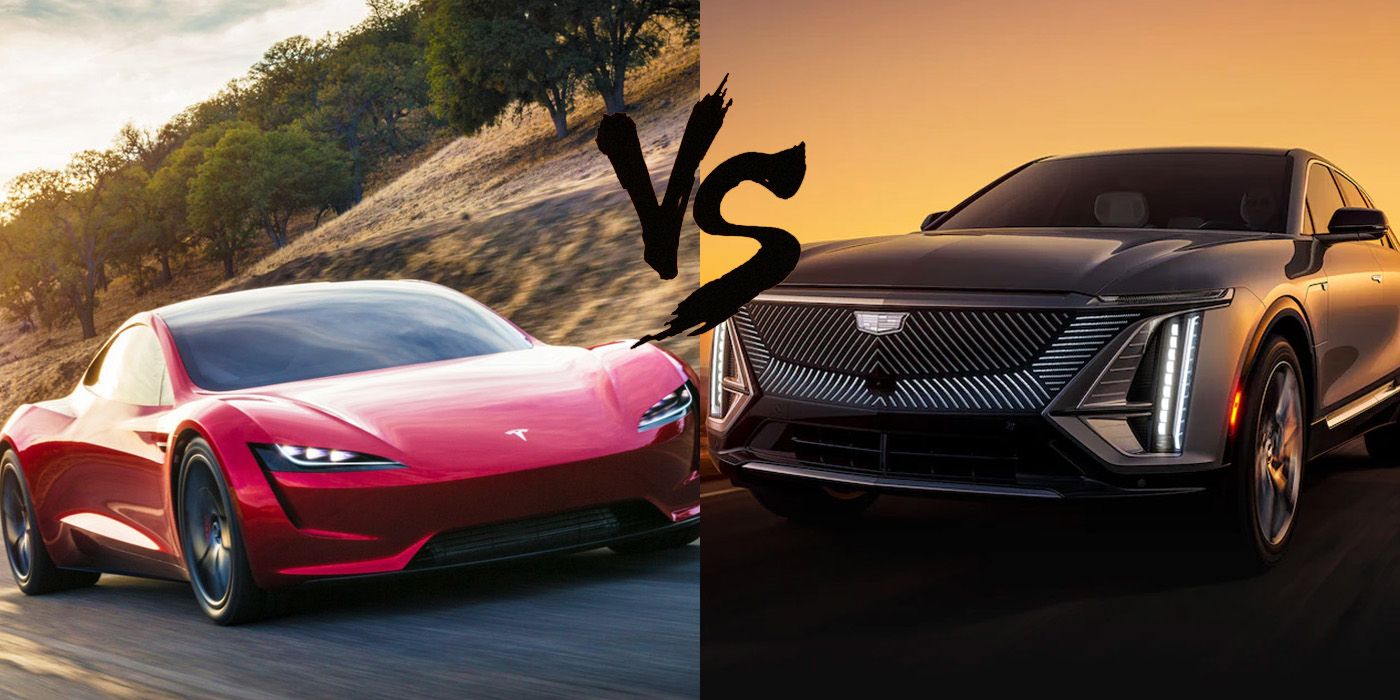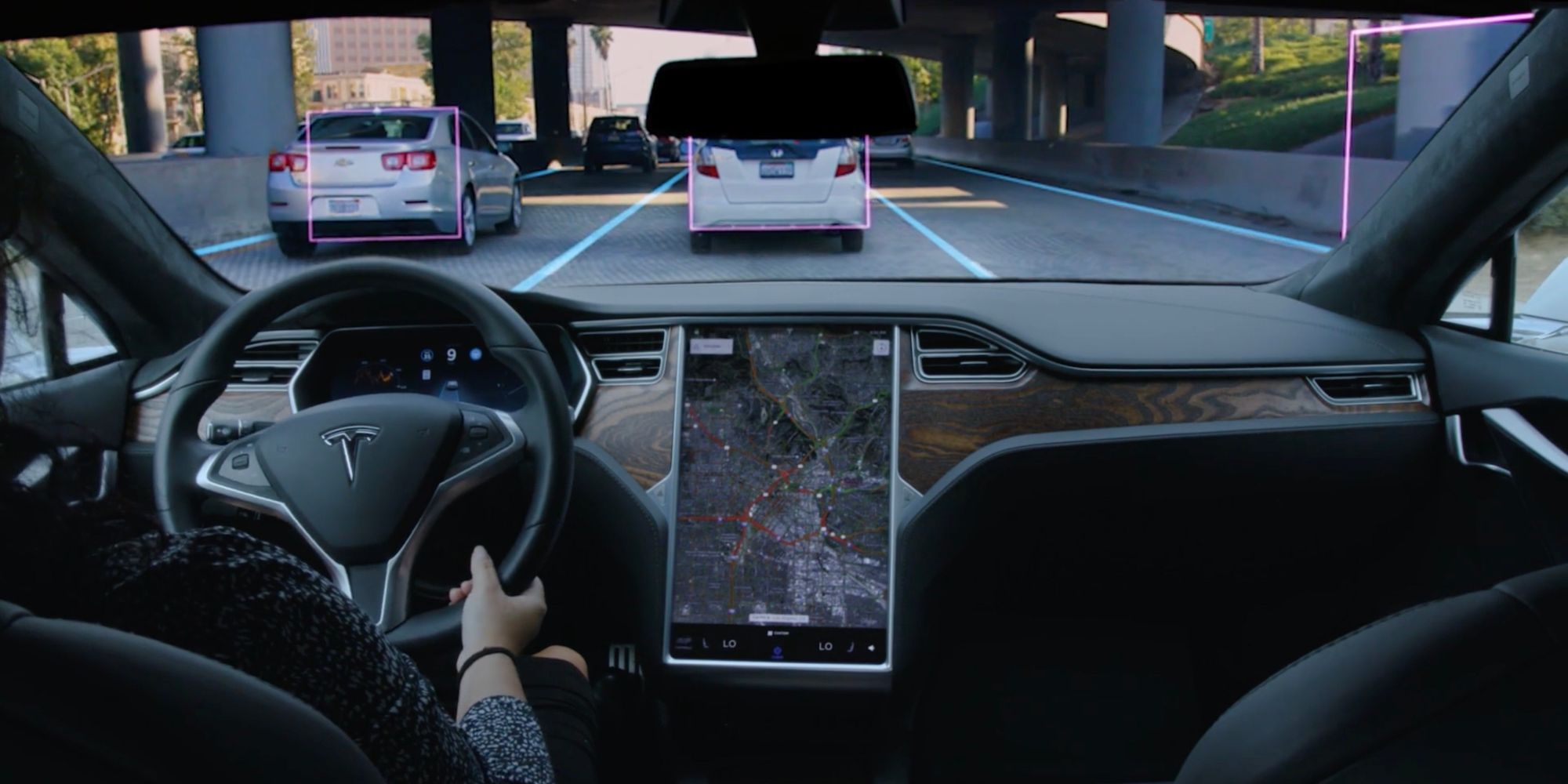Cadillac finds itself in an interesting quandary now that its upcoming EV pits Super Cruise against Tesla's Autopilot. As auto manufacturers careen toward an all-electric future, traditional companies like GM continue to invest in proprietary driver assistance and self-driving systems. As is the case with the battery-powered cars themselves, Tesla has the experience advantage here, having launched Autopilot earlier than Cadillac's offering.
However, the race will continue for a while and there's no immediately foreseeable end. All signs indicate that most countries are still years away from fully autonomous vehicles being street legal, and that's partially because there are very few standards in play. Naming conventions can be wildly misrepresentative of what the software will do for a driver, the necessary infrastructure isn't in place yet, and it seems like there's plenty to be done on the R&D side to make the idea safe.
Thus, drivers are currently choosing between a variety of driving AI systems that offer different degrees of circumstantial hands-free driving. Tesla has had its Autopilot feature for close to eight years now, and Cadillac's Super Cruise system has been around for roughly four years. Each one takes steps toward a fully-automated driving experience, but they're paving different paths to get there. In major areas like implementation, use cases, and even the hardware powering them, these two AIs provide different realities.
Tesla Autopilot Is Smarter Than Cadillac Super Cruise
In terms of the word "smart", as it is used today, Tesla Autopilot works more intelligently with other networked devices than Cadillac Super Cruise. The core difference is Autopilot relies on AI-powered cameras and machine learning to determine safety hazards and driving conditions. In an eerily human-like way, the cameras and sensors on a Tesla vehicle collect information from drivers' experiences and "remember" it by relaying that data to a network, which is then redistributed amongst other Teslas online. Therefore, if one Tesla knows of a stop sign at a specific intersection, others should know as well.
Cadillac Super Cruise learns road conditions through map data. The system has pre-mapped routes that are periodically updated on each vehicle. The advantage here is there are fewer variables within each environment where the self-driving action can take over. This also makes the feature more viable while towing, as the system isn't wholly reliant upon potentially obstructed sensors. The disadvantage is Autopilot can be activated in more areas since it isn't limited to pre-mapped stretches of a route.
In order to ensure drivers aren't asleep at the wheel or otherwise inattentive, Autopilot and Super Cruise have to confirm the driver is still present. They accomplish this through different means. Autopilot relies on sensors inside a Tesla's steering wheel that can detect when there's contact with at least one hand. Super Cruise uses a camera-powered eye-tracking system. As a result, Super Cruise is the only one of the two AIs that offers true hands-free driving. There's an easy argument to be made that having to keep a hand on the wheel of a Tesla with Autopilot is the opposite of it being "self-driving".
In exchange for that bit of literal handholding though, Autopilot's integration with the Tesla ecosystem is significant. It's installed — either in its free basic form or one of its enhanced, paid versions — on every Tesla vehicle. This bolsters the aforementioned, Skynet-like data collection, and also scores it points against Super Cruise, which requires both an up-front cost and a recurring subscription charge. Furthermore, Autopilot works well with the Tesla touchscreen dash panel. Drivers get visual feedback on what the vehicle's sensors detect in real-time, which can work wonders for alleviating discomfort for AI driving skeptics. So, while neither offers the true dream (or nightmare) of a truly autonomous car, Tesla Autopilot and Cadillac Super Cruise have their own perks, drawbacks, and visions.


